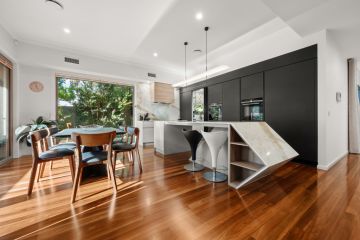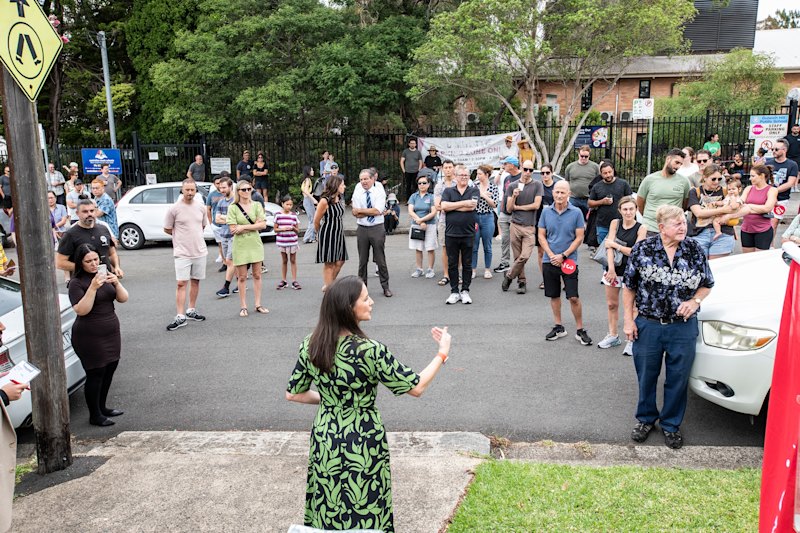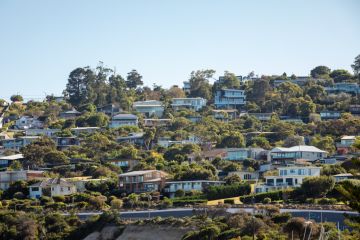Australia ranked third least affordable country for housing, according to Demographia

Housing affordability in Australia has reached a ‘crisis’ point, with people paying up to almost 13 times their annual income to purchase a house, a new survey has found.
Sydney and Melbourne are among the top five least affordable major housing markets in the world, according to the 14th Annual Demographia International Housing Affordability Survey.
Out of 92 major metropolitan markets Sydney was ranked the second least affordable, behind Hong Kong, for the third year in a row.
It was followed by Vancouver and San Jose, California, with Melbourne rounding out the top five – up one place from last year’s sixth place ranking.
Nationally, Australia was ranked as the third least affordable country behind New Zealand and Hong Kong-China.
“We’ve got a crisis situation in Australia,” said survey co-author Hugh Pavletich, who is based in New Zealand. “Prices are way too high, far higher that what they should be, what is [the government] doing to get housing at or below three times the annual income?”
The survey blames Australia’s poor housing affordability on its urban containment policies, which aim to curb the growth of urban sprawl by encouraging greater density in existing housing areas.
It wasn’t just the capital cities that contributed to Australia’s poor affordability ranking.
In further analysis comparing 293 markets, the Sunshine Coast and the Gold Coast were among the top 20 least affordable areas and Geelong also made the top 30.
All three markets were ranked as less affordable than Adelaide (34), Brisbane (38), Hobart (39), Perth and Canberra (51).
While it took about six times the annual median household income to purchase a house in any of the five capital cities, it took about 8.5 times the median to buy on the Sunshine Coast and Gold Coast.
By comparison, house hunters needed to spend 12.9 times the median income in Sydney, and 9.9 times their income if they lived in Melbourne.
The high ranking of the Sunshine Coast and Gold Coast among the least affordable markets is down to the methodology of the survey, according to Domain Group data scientist Nicola Powell.
She said the “blanket approach” of dividing the median house price by the median income failed to account for factors such as the greater number of retirees in lifestyle locations who already owned their own home.
“The median income is a lot lower [in these lifestyle locations] because more people are retired or working part time.”
She noted Canberra, by comparison, was probably ranked better for affordability than it should be.
“It has a higher [work force] participation rate so that skews the median income,” Dr Powell said. “Canberra probably comes off in this as more affordable than it really is.”
She said major cities relied upon a shift to high-density living and that as the survey only accounted for house prices, it was not “painting the whole picture”.
She noted cities like London – ranked as the tenth least affordable major market – had seen a greater advancement in affordability packages, and benefited from build-to-rent schemes.
University of Sydney planning and policy expert Professor Peter Phibbs agreed the story would be different if apartments and rental properties had been included.
“In a place like Sydney…we’ve been building more apartments, increasing supply in a way that Demographia doesn’t account for,” he said.
Professor Phibbs noted tax policies and lower interest rates were also a big factor not accounted for when determining housing affordability.
“Even though the sticker prices have gone up a lot [for houses in Australia] the repayments on a house are generally more manageable,” he said. “As soon as interest rates go lower, house prices go up…when interest rates are at record lows people can afford to buy a more expensive house.”
However, he noted that it “didn’t get Australia off the hook” and said more needed to be done to improve housing affordability in Australia.
“Everyone would agree that Australia is one of the least affordable places to buy. Not many people would argue about that.”
We thought you might like
States
Capital Cities
Capital Cities - Rentals
Popular Areas
Allhomes
More







